Themed collection Inorganic Chemistry Advancing the Next Generation Batteries

CO2 and ambient air in metal–oxygen batteries: steps towards reality
Studies on involving CO2 and ambient air in cathode gas bring the potential of a real rechargeable high-energy metal–air battery.
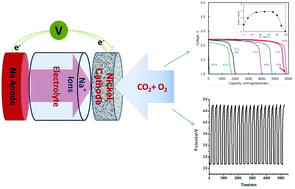
Inorg. Chem. Front., 2015,2, 1070-1079
https://doi.org/10.1039/C5QI00169B
Nanocrystalline iron oxide based electroactive materials in lithium ion batteries: the critical role of crystallite size, morphology, and electrode heterostructure on battery relevant electrochemistry
The whole versus the sum of its parts; contributions of nanoscale iron-containing materials to the bulk electrochemistry of composite electrodes.
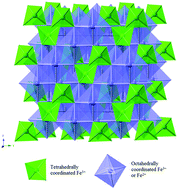
Inorg. Chem. Front., 2016,3, 26-40
https://doi.org/10.1039/C5QI00247H
Heteroatom-doped carbons: synthesis, chemistry and application in lithium/sulphur batteries
Heteroatom-doped carbons (heteroatom = O, S, N or their mixtures) have exceptional ability in chemically adsorbing sulphur species and have important applications in lithium/sulphur batteries. This review highlights the synthesis and chemistry of these materials and discusses their applications and mechanisms in sulphur sequestration.
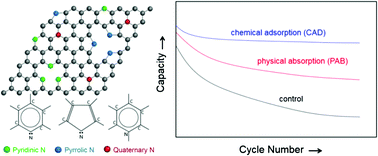
Inorg. Chem. Front., 2015,2, 1059-1069
https://doi.org/10.1039/C5QI00153F
MoS2 with an intercalation reaction as a long-life anode material for lithium ion batteries
MoS2 without carbon modification has achieved a long cycling performance by cutting off the terminal discharge voltage to preserve a layered structure.
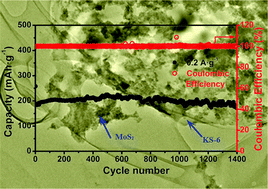
Inorg. Chem. Front., 2016,3, 532-535
https://doi.org/10.1039/C5QI00237K
Cation reduction and comproportionation as novel strategies to produce high voltage, halide free, carborane based electrolytes for rechargeable Mg batteries
The chemical reduction of reactive cations and comproportionation are two new strategies reported to produce halide free carborane based electrolytes for rechargeable Mg batteries.
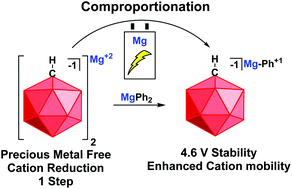
Inorg. Chem. Front., 2015,2, 1101-1104
https://doi.org/10.1039/C5QI00171D
Ultra-rapid microwave synthesis of Li3−x−yMxN (M = Co, Ni and Cu) nitridometallates
Phase-pure ternary lithium nitrides with demonstrable Li+ ion vacancy concentrations can be synthesised by low power microwave reactions in times reduced by orders of magnitude over conventional heating approaches; the electrochemical performance of the materials has been determined.
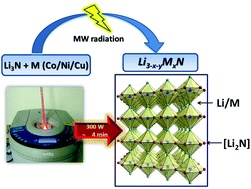
Inorg. Chem. Front., 2015,2, 1045-1050
https://doi.org/10.1039/C5QI00145E
A soil/Vulcan XC-72 hybrid as a highly-effective catalytic cathode for rechargeable Li–O2 batteries
We report for the first time a hybrid of soil and commercial Vulcan XC-72 carbon (labeled as soil/C) as a high-performance cathode catalyst for rechargeable lithium–oxygen batteries. It was found that soil as a low cost and metal-free void volume expander in the hybrid catalyst is promising in the application of rechargeable Li–O2 batteries.
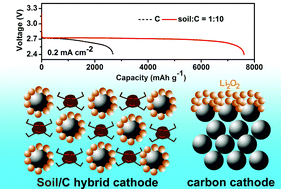
Inorg. Chem. Front., 2015,2, 1006-1010
https://doi.org/10.1039/C5QI00149H
About this collection
Intention of this themed collection is to feature recent important progresses in battery related researches, highlighting the role of inorganic/organometallic material chemistry and coordination chemistry in the development of electrochemical energy storage science.
Many thanks to Professor Jun Chen (Nankai University) and Professor Lynden A. Archer (Cornell University) for guest editing this themed collection.